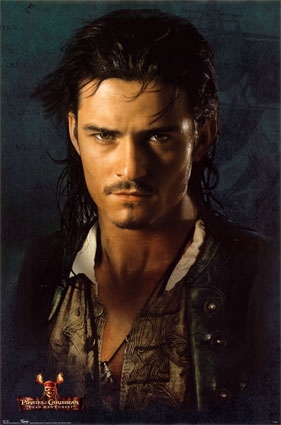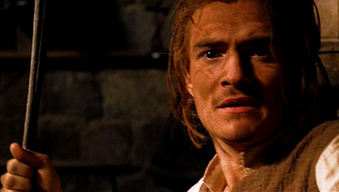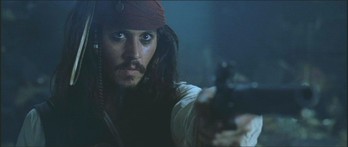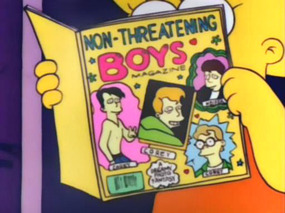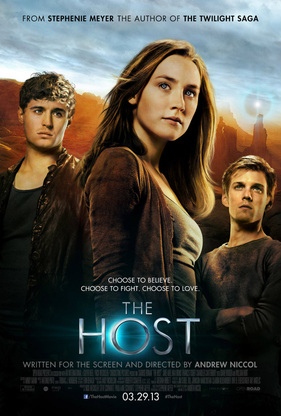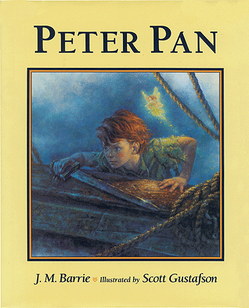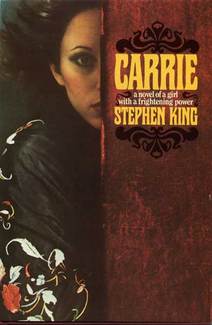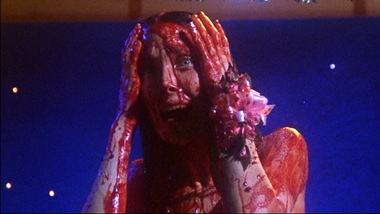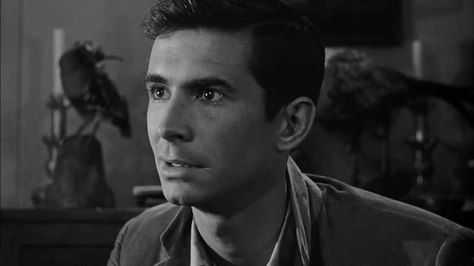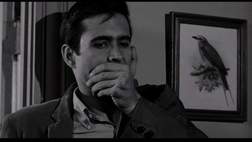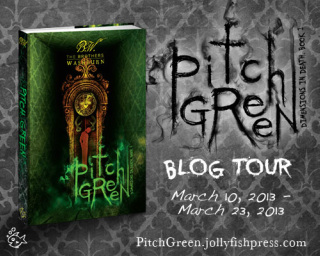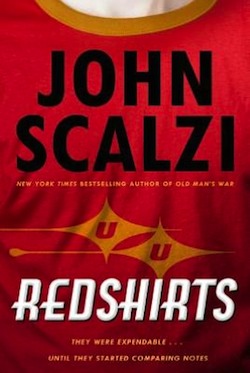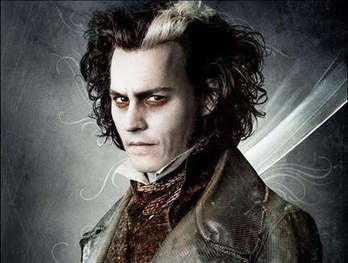I’m going to be lightening the mood after our month of tragic figures and posting a series of the five most embarrassing fictional characters who can make me an April lovefool. This month will have prettyboys and badboys, freaks and dorks, plus a special sixth entry by Jenniffer Wardell, author of the upcoming Fairy Godmothers, INC!
First, in the number five spot, we’ve got William Turner of Pirates of the Caribbean.
Why it’s embarrassing:
He’s a punchline. Orlando Bloom is universally acknowledged shorthand for “boring, insubstantial, Disney brand prettyboy who can serve no purpose other than nonthreatening lust-object for girls grappling with the very earliest pangs of puberty.” And Will Turner isn’t even one of his attempts to break out of that persona; it’s the one that cemented him there.
Why I can’t help myself:
As prettyboys go, this is one striking-looking man. He is pretty, sure, even unnaturally so, but he’s memorably pretty. That face doesn’t blend into a crowd of other pretty people. You could pick it out of any lineup, and the swarthy, pirate-y, unshaven Will Turner look cancels out most of the creepy androgynous-child-creature vibe that excessive prettiness tends to carry.
Okay, enough with the actor. This is a list of fictional crushes, and we’re talking about Will Turner here. No, he’s not the most complex character ever written, but he’s not the nonentity that so many Prince Charming types are either. He’s clearly in the story for the girls to sigh over rather than for the boys to identify with, and his motivation revolves almost entirely around Elizabeth, but he doesn’t just show up when our poor heroine’s story gets too difficult for her so he can slay all the dragons. It’s his story too. He’s got his inferiority complex to work out, an impractical honor code eating at him, and a pirate-filled world to adapt to.
